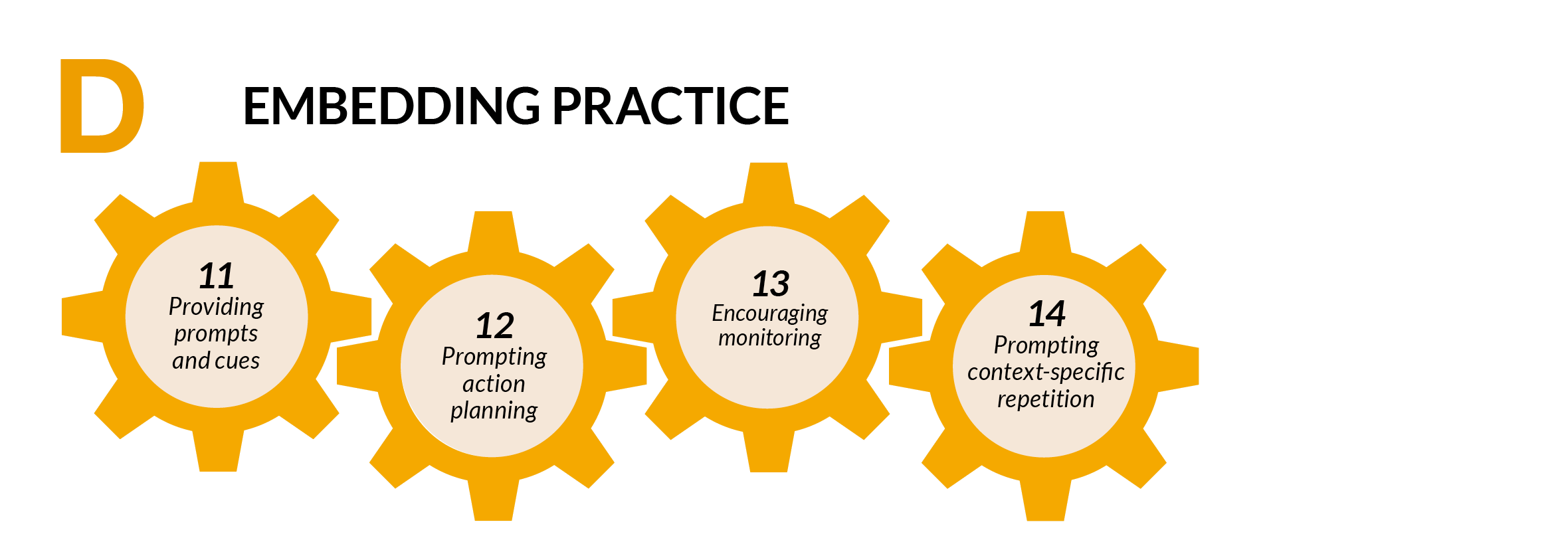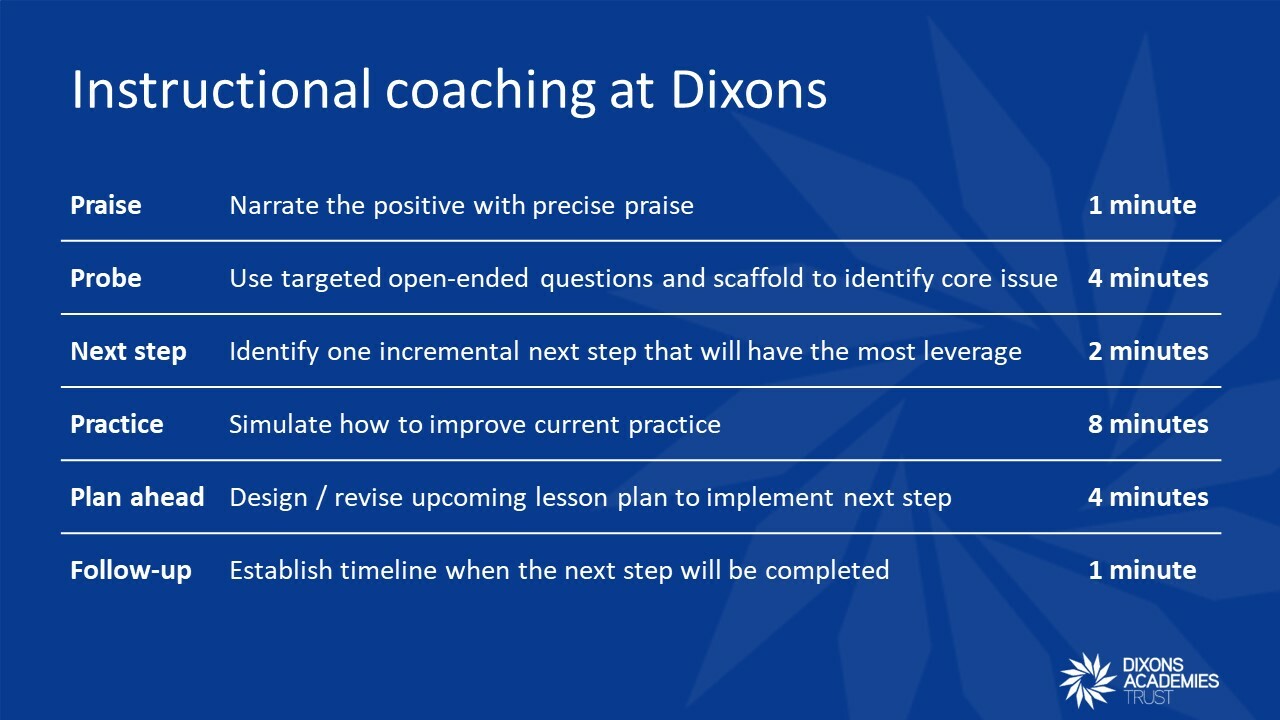Bradford Research School: Effective Professional Development: Action planning
Posted 24th April 2023
The biggest challenge for leaders of professional development is bridging the knowing-doing gap. How do we ensure that learning from professional development is embedded? The final 4 mechanisms from the EEF’s Effective Professional Development guidance report focus on what we can do to ensure this happens.

Mechanism 12 is Prompting Action Planning. And, according to the guidance, ‘Producing an action plan makes it more likely that a teacher will use a technique they have learned during PD.’
For an action plan to be effective, it should include at least one of the following: context, frequency, duration, intensity of the technique. It should also be aligned with goals that have been set as part of professional development.
Beyond ‘Tokenistic’ Action Planning
Dylan Wiliam outlines the valuable role of action planning in teacher learning communities:
In our work with teachers, we have found it helpful to engage them in detailed planning of what changes they plan to make in their teaching. This process could be called “action planning” but it is important to note that our experience is that this is best done with a highly structured approach—very different from the tokenistic “action planning” that occurs at the end of many teacher professional development events.
Sustaining Formative Assessment with Teacher Learning Communities
Wiliam suggests the following features of action planning are particularly important:
- The action plan should identify a small number of changes that the teacher will make in their teaching.
- The plan should be written down.
- The plan should focus on the five key strategies of formative assessment. (Obviously this is context specific and could change depending on the focus of PD-MM)
- The plan should identify what the teacher plans to reduce, or give up doing to make time for the changes.
Coaching
When action planning is built into the design of a programme, it is much more likely to happen. While there are many different forms that coaching might take, all tend to have an element of action planning, which is then followed up. The W of the GROW model, for example, is ‘Will’: what will you do? (Skilled coaches will ask many variations on this question.)
And in an instructional coaching model, such as the one we use at Dixons, there is often a formal action planning step. You can watch an explanation of the model here on Dixons OpenSource.

Simple Action Planning
Where this element is not built in to the programme design, we should try to find opportunities for meaningful action planning. This might be the case if it is a one-off event, or where they may not be the chance to follow up with participants. The danger is to add something on at the end, and doing it too quickly and half-heartedly. While some action planning is better than no action planning, we can consider the way that we frame it in our sessions to avoid it feeling like an afterthought.
Let’s imagine we were focusing on positive framing of language in teacher CPD. A less effective question would be something like: ‘How will you use positive framing in future?’ It does prompt reflection and some planning, but is vague and it feels like it may happen, rather than will. Instead, we could prompt with questions as follows:
- What is one situation where you often use negative framing in your communication?
- How can you rephrase that communication to use positive framing instead? Script a response.
- Set an implementation intention: When in [situation], I will [language].
Why not sign up to our next free webinar on Effective Professional Development below, or see the rest of our upcoming events here.